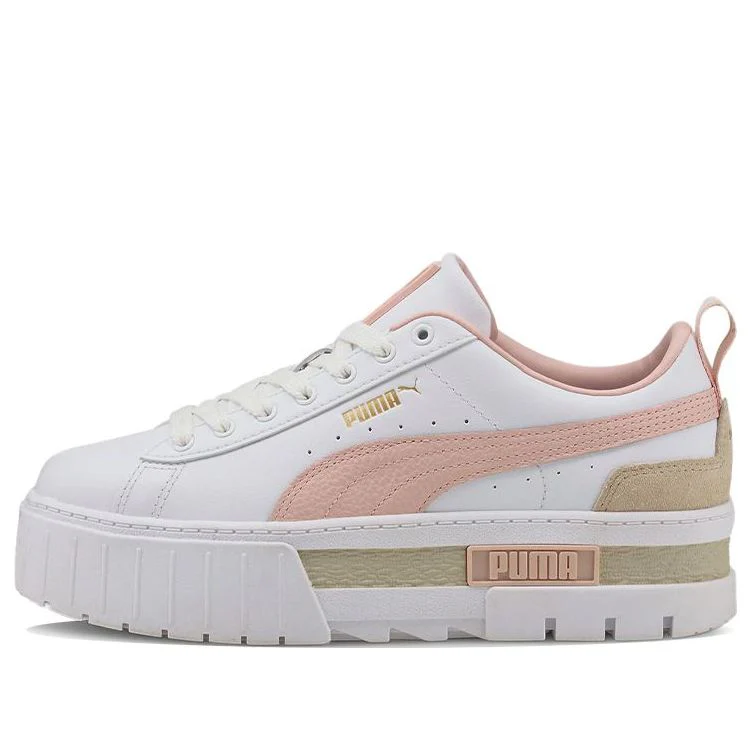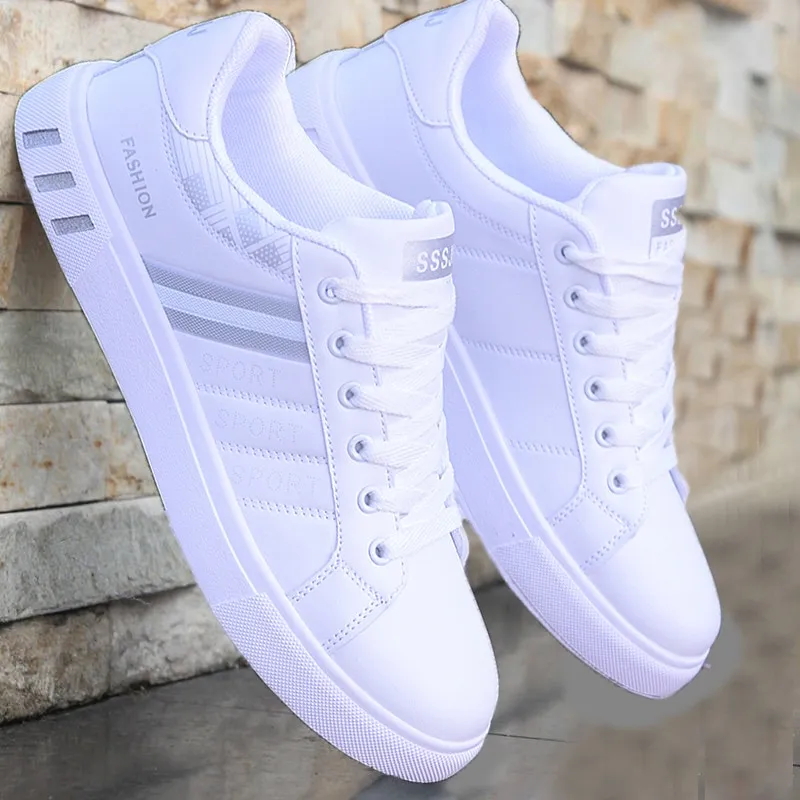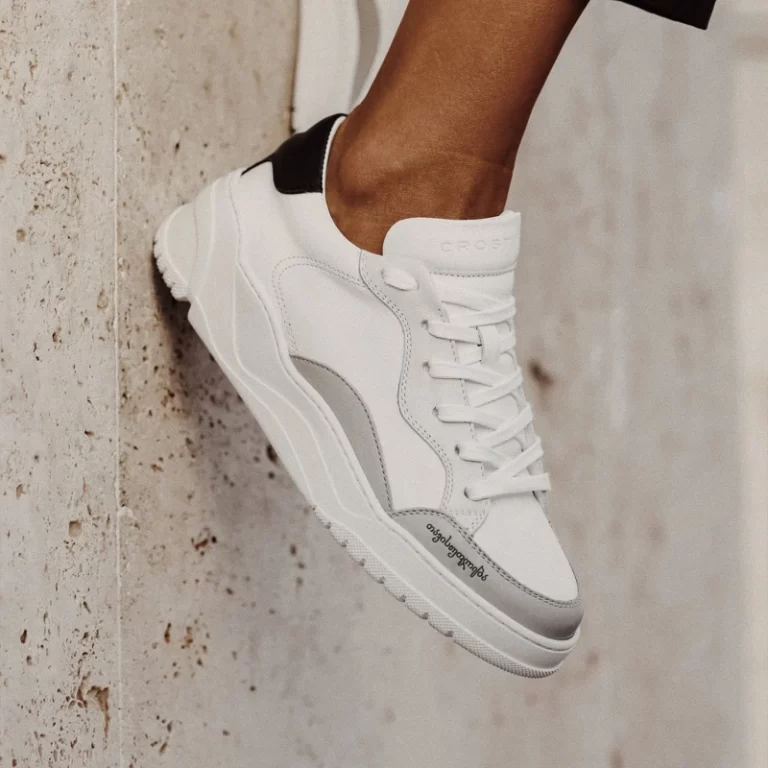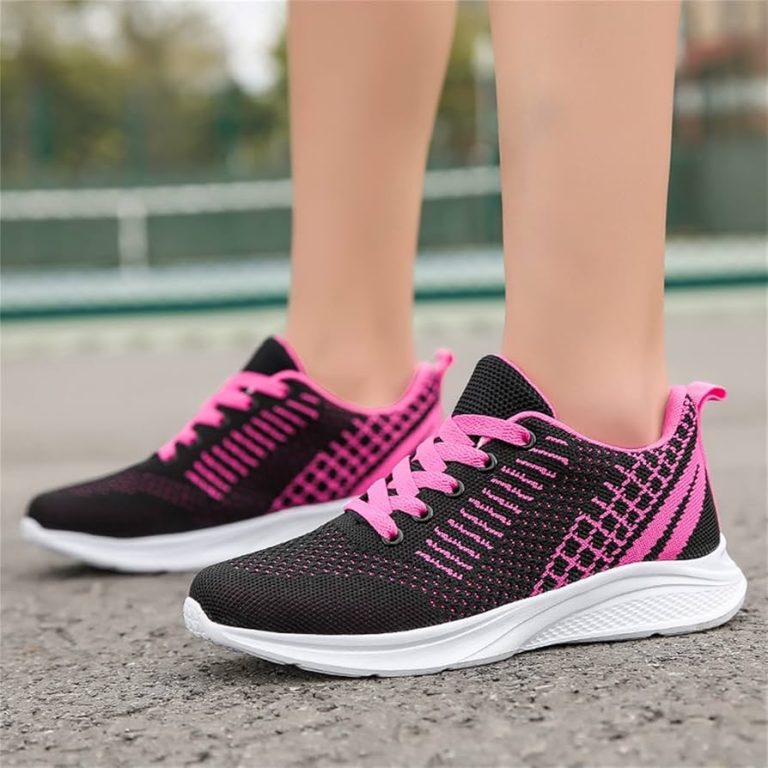
Signs You Need New Running Shoes in 2024
The Importance of Changing Running Shoes Regularly
Understanding how often should you change your running shoes is crucial for every runner. Swapping out old sneakers for new ones is not just about keeping up with sports fashion trends. It’s about protecting your body from injury and ensuring optimal performance.
First, let’s discuss comfort. A fresh pair of running shoes gives your feet the cushioning they need. Over time, the cushioning deteriorates. This affects how your feet strike the ground. Without proper support, the risk of discomfort increases.
Second, consider safety. Worn-out shoes lack grip and stability. They increase the risk of trips and slips. This can lead to injuries that may take you off the track for weeks or even months.
Third, there’s performance. Running in shoes that are past their prime can slow you down. It can make your run feel more strenuous than it should be. Fresh shoes provide the energy return and support needed to maintain your pace.
Lastly, changing your shoes regularly helps prevent overuse injuries. When shoes wear down, they change your running mechanics. This can put unnecessary strain on your joints and muscles.
A good rule of thumb is to change your running shoes every 300 to 500 miles. But remember, this number can vary. It depends on your body weight, running style, and the terrain you most often tackle.
In conclusion, regular shoe replacement is vital. It offers comfort, safety, performance, and injury prevention. Pay attention to the signs of wear and keep track of your mileage. This will help you know when it’s time for a new pair.
Key Factors That Affect Running Shoe Longevity
When exploring how often should you change your running shoes, several key factors play a pivotal role. Understanding these elements can guide you in recognizing the right time for a switch.
Mileage and Running Frequency
Your mileage counts when it comes to shoe longevity. A runner clocking high miles weekly will need new shoes sooner. Shoes wear faster with frequent use. Keep an eye on your running mileage. It’s a reliable indicator of when to invest in a new pair.
Running Terrain and Shoe Cushioning
Different terrains impact your shoes differently. Rough trails punish your shoes more than smooth roads. Shoe cushioning absorbs these blows. But over time, it compresses and loses efficacy. Regular runs on harsh surfaces thus may shorten your shoe’s life.
Body Weight and Running Style
Your body weight and how you run affect shoe wear. Heavier runners or those with a forceful stride put more stress on shoes. If you fall into these categories, your shoes might need replacing more often.
Visual Inspection: Identifying Wear and Tear
A visual check of your running shoes can reveal a lot. Look for signs that tell you it’s time to replace your pair. Here are key areas to inspect.
Outsole Damage
The outsole is the bottom part of your shoe that hits the ground. Check it for wear. Look for smooth areas where the tread has worn down. Uneven wear patterns may indicate it’s time for new shoes.
Over time, the outsole can lose its texture and grip. This can pose safety risks, as a good grip is crucial to preventing slips and falls. If you see significant wear on the outsole, consider this a clear sign that your running shoes are due for a change.
Midsole Compression
The midsole is key for cushioning and support. It’s usually made of foam that can compress with use. Look for creases or wrinkles in the midsole foam. This is a sign the material has compressed and isn’t providing the same level of support. When the midsole gets too compressed, your shoes lose their ability to absorb shock effectively. This can lead to discomfort and increases the chance of injury. If you notice significant midsole compression, it’s likely time for a new pair of running shoes.
Regularly inspect your running shoes for these signs of wear and tear. This will help you determine how often should you change your running shoes, ensuring your runs remain safe and enjoyable.
Physical Sensations: Listening to Your Body
Not all signs of the need to change running shoes are visible. Internal cues matter too. It’s essential to listen to your body. It is often the first to alert you to worn-out running shoes. Here are physical sensations to pay attention to.
Discomfort and Pain
Unusual aches after a run can be a red flag. Pain in your feet, knees, or back may suggest that your shoes are not providing enough cushioning. This is often due to the midsole wearing out. Don’t ignore pain. It can lead to more serious injuries.
New running shoes can make a big difference. They help by offering better shock absorption. This protects your body during your runs. So when you feel pain, consider how old your shoes are. It might be time for a new pair.
Lack of Support and Stability
Feeling unstable during your runs? This could be due to loss of shoe structure. Over time, supportive features in the shoe can break down. This can make you feel wobbly or unstable. This is not just uncomfortable. It’s risky, as it can cause falls.
New running shoes should feel secure and supportive. If yours don’t, they may be too worn to give you the stability you need. Pay attention to how your shoes feel on your feet. Wobbly shoes often mean it’s time for a replacement.
The Latest Running Shoe Technologies in 2024
As we dive into the advancements in the athletic footwear industry, it’s impressive to see how innovative materials and smart technologies have shaped the latest running shoes.
Innovative Materials
Today, running shoes boast materials that enhance performance and comfort. Brands now use adaptive mesh fabrics that breathe better and conform to your foot’s shape, providing a snug fit. New foam composites offer unmatched energy return and durability, allowing for a comfortable run every time. Furthermore, eco-conscious runners can find shoes made from sustainable materials, aligning with a greener lifestyle.
Ensure that the materials of the running shoes you choose suit your specific running conditions and preferences. The right materials can significantly influence comfort, performance, and the longevity of your shoes. Always look for materials that promise both durability and flexibility.
Smart Shoe Features
Smart technology in running shoes goes beyond gimmicks—it’s about enhancing the running experience. Integrated sensors within the shoe can track your mileage, pace, and even your running form. Some models connect to mobile apps, providing insights that help you understand how often should you change your running shoes based on actual usage.
Moreover, GPS-enabled shoes allow runners to leave their phones at home, while still capturing route and distance data. The convenience of tracking runs without extra devices is a game-changer for many athletes. With these advancements, you have real-time feedback to adjust your running habits accordingly.
Tapping into the latest technologies not only optimizes your running performance but also plays a significant role in determining the optimal time for shoe replacement. Stay ahead with innovations that match your needs and ensure that your runs are always performed with the utmost support for your feet.
Recommendations for Tracking Shoe Lifespan
Knowing when to replace your running shoes is essential for preventing injuries and maintaining performance. Here’s how you can keep track of your shoe’s lifespan effectively.
Using Apps and Wearables
Modern technology provides us with smart tools to monitor our running gear. Apps and wearables are perfect for this. Many fitness trackers log miles and analyze how you run. They can even remind you when it’s time for new shoes. Look for apps that sync with your wearables. They make tracking effortless. It’s a smart way to understand how often should you change your running shoes.
Keeping a Running Log
A running log is a simple and efficient way to track shoe usage. Note down each run: the distance, terrain, and how the shoes felt. This log gives you a clear record. You can spot patterns and know when your shoes are nearing their end. It’s a practical approach to managing shoe lifespan. Remember a new pair may be due between 300 to 500 miles.
By tracking your shoe usage with apps or a running log, you’ll ensure that you’re always running with the best support for your feet. And you’ll know exactly when it’s time to invest in a new pair. Keep your feet happy and your runs safe by staying on top of your shoe’s condition.
Maximizing the Life of Your Running Shoes
Running shoes are an investment in your health and performance. To get the most out of them, you need to maintain them properly. Here are some tips to help you maximize the life of your running shoes.
Proper Cleaning and Storage
Keeping your running shoes clean can extend their lifespan. Dirt and debris can degrade materials quicker. After each run, knock off any loose dirt. Use a soft brush to clean the outsoles. For a deeper clean, use mild soap and water on the uppers. Avoid submerging your shoes in water. Always air dry away from direct heat to prevent material damage. Store your shoes in a cool, dry place out of sunlight. Sunlight can wear down the materials and fade colors.
Rotation Between Multiple Pairs
Rotating between pairs can give your running shoes time to bounce back. The cushioning needs time to decompress after use. Using multiple pairs avoids overworking a single pair. This can help how often should you change your running shoes. It can also reduce wear patterns that come from repeated use on the same pair. If you run regularly, consider having at least two pairs of running shoes. Alternate them between runs for maximum shoe life.
By following these steps, you’ll keep your running shoes in top condition. You’ll ensure they support you safely on every run. And you’ll save money in the long run by not having to replace them too often.





